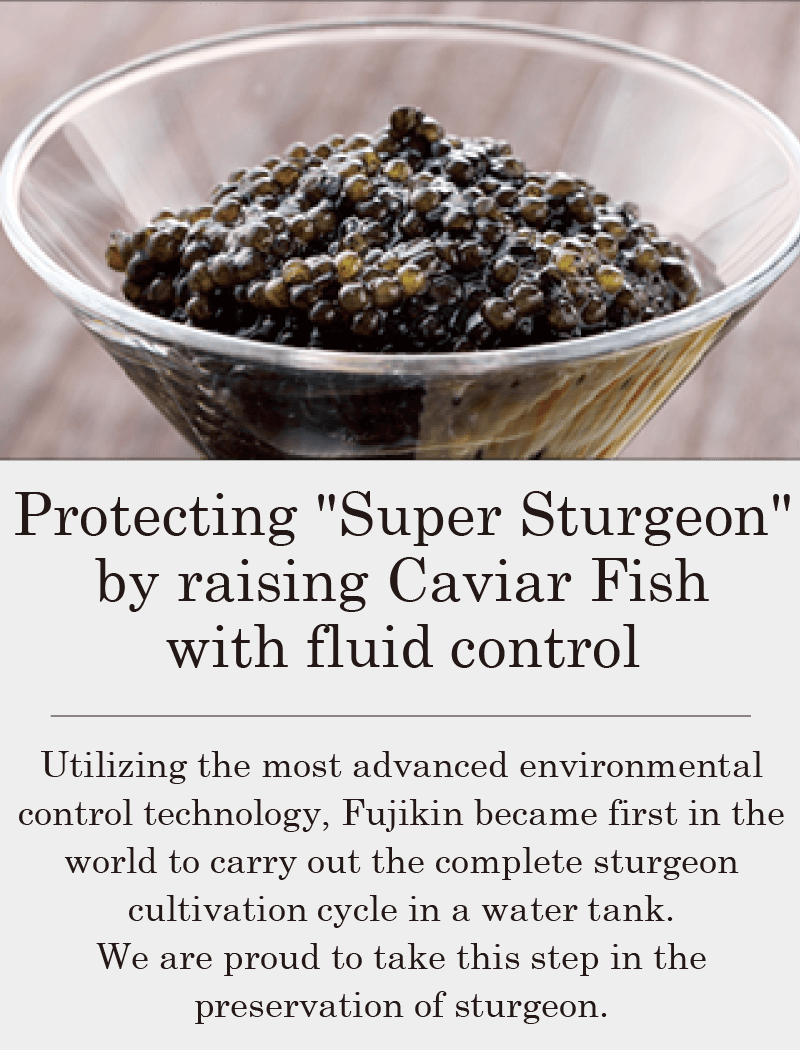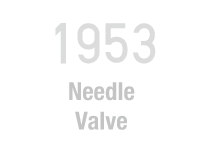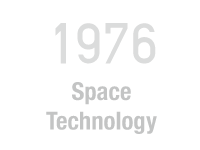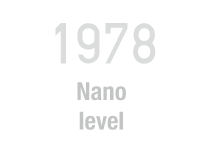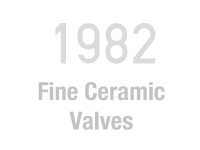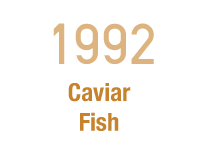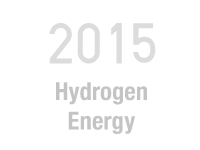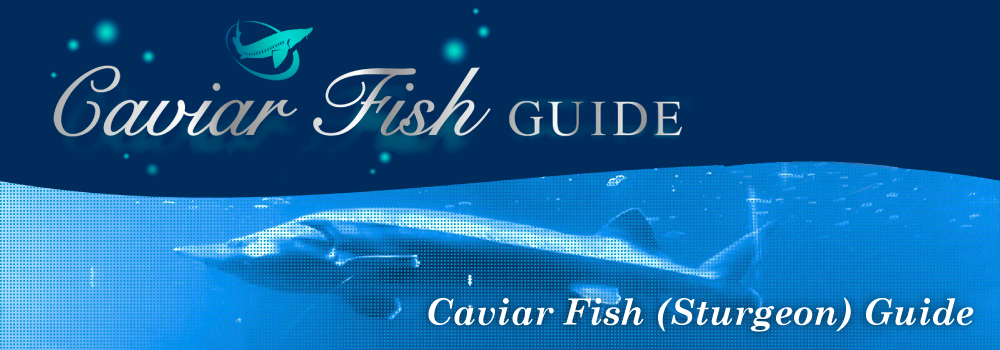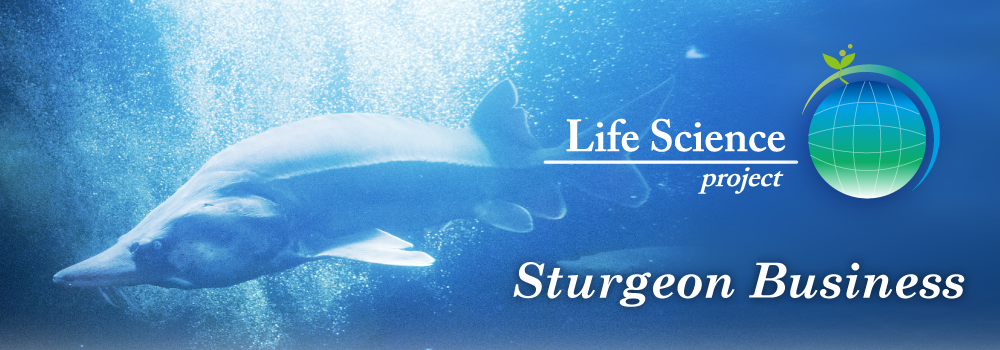Ultra-Precision Technology
Fujikin's "Super Sturgeon" are the fruits of our fluid control technology.
Along with truffles and foie gras, caviar is one of the world's top three delicacies. As caviar is made of salted sturgeon eggs, we have nicknamed sturgeon the "caviar fish." Caviar is a famous product of the Caspian Sea, but due to overfishing and the deterioration of water quality in the 1990s, the number of sturgeon inhabiting the Caspian Sea has been reduced to about a quarter of what it once was.
Sturgeon are not sharks, but a descendent of the ancient coelacanth, which has existed on earth since 300 million years ago. Sturgeon is not just a delicacy, but an important field of scientific research on fish at risk of extinction, which is why Fujikin's sturgeon aquaculture holds such significance for species preservation.
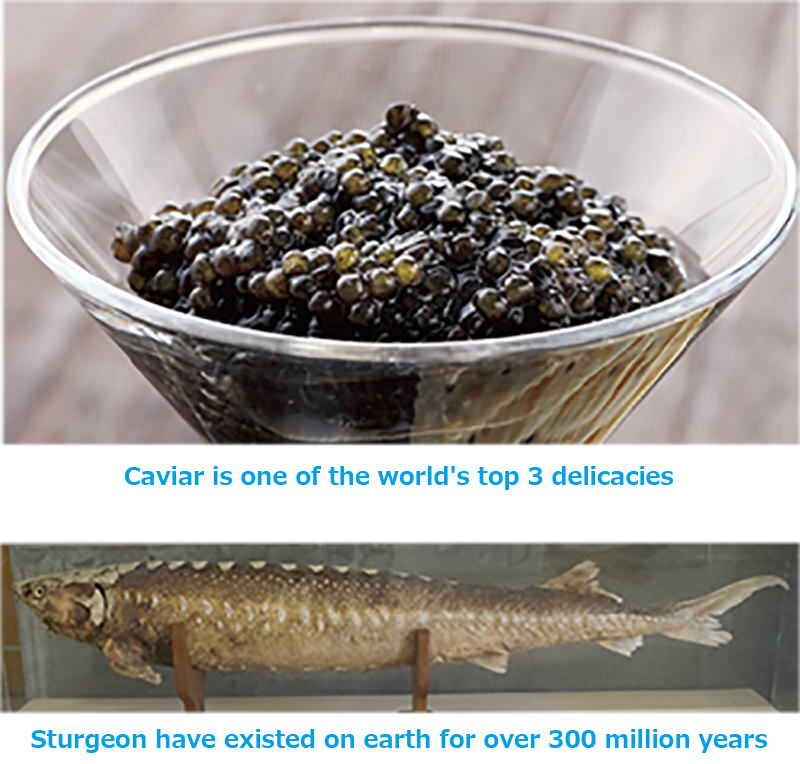
Utilizing our ultra-precision flow control technology, Fujikin made a move to the new business of sturgeon cultivation in 1987. It started with the deployment of project members to study the habitat of sturgeon and caviar in the former Soviet Union.
Although Fujikin did not know anything about sturgeon incubation technology or feeding, we acquired some hints with an investigation conducted at that time on how to utilize Fujikin's technology in the construction of a cultivation facility.
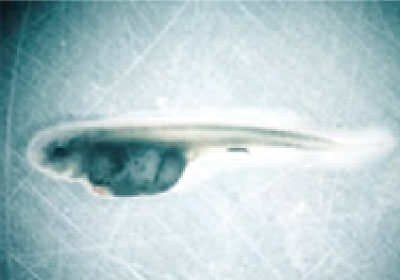 There was a time when the probability of artificial hatching was 5%
There was a time when the probability of artificial hatching was 5%
In 1989 at the Expo Park Tsukuba Advanced Technology Center, about 100 sturgeon aged 3-4 years old were brought over from the former Soviet Union, and cultivation commenced at the newly-established cultivation factory. Using ultra-precision flow control technology to create an envrionment resembling their native rivers, Fujikin continued to accumulate ecological data through individual specimen management, and in 1992, became the first private corporation to successfully artificially hatch sturgeon.
Even after that, Fujikin developed technology to help cultivate up to 2 months after hatching and also quickly make a distinction between males and females. Finally in 1998, Fujikin successfully completed the world's first complete cultivation of sturgeon in a water tank and increased the survival rate by 60%. At this time, Fujikin's sturgeon were named "Caviar Fish (Super Sturgeon)"
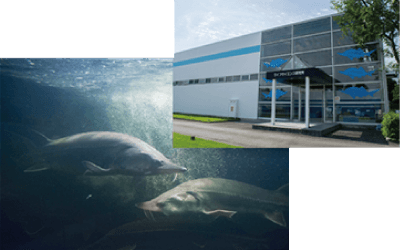 Tsukuba Advanced Research Center
Tsukuba Advanced Research Center
Fujikin's ultra-precision flow control technology is not just about creating a "flow" that supports the sturgeon. It also purifies the water from the cultivation tank in a biological filtration tank in order to be reused. By utilizing a fully-closed circulation filtration system, emissions are prevented and the burden on the environment is reduced.
In this way, Fujikin produces an "organic fish" without chemicals and with less water. Compared with a typical free-flowing water system, which requires 18,000 tons a day, we require just one ton. Furthermore, the sludge collected in the filtration tank is decomposed to be used as compost, an organic fertilizer for the green land and trees around the facility.
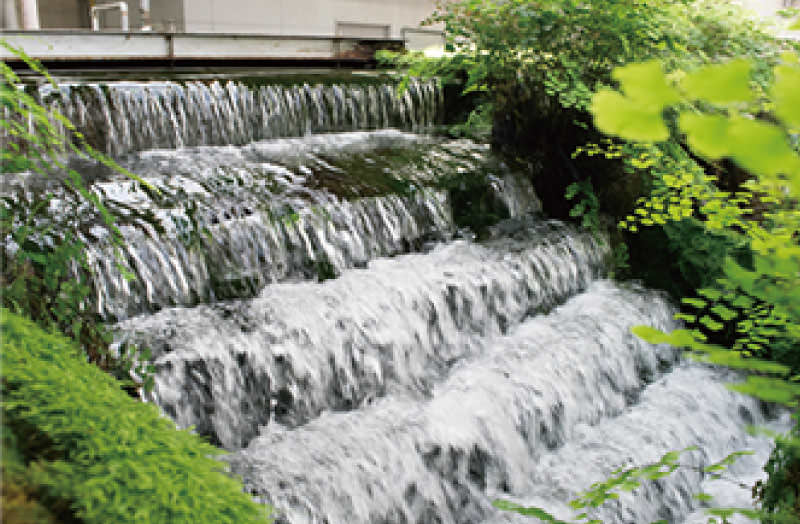 Water purified through a filtration tank
Water purified through a filtration tank
Sturgeon that have been completely cultivated in a high-quality environment constitue a valuable product. juvenile fish are sold to fish farmers nationwide while live fish and incubated fish are sold for meat and caviar production, respectively.
Though not well known in Japan, the high quality sturgeon meat used to be presented to emperors and kings. It has a texture and light refined taste similar to the fugu fish, and since it contains plenty of nutrients such as glutamic acid and aspartic acid, it has become popular dish on restaurant menus.
Due to increasing demand, the cultivation of sturgeon is playing a role in the revitalization of towns nationwide. Fujikin's sturgeon are also contributing to a number of scientific studies.




